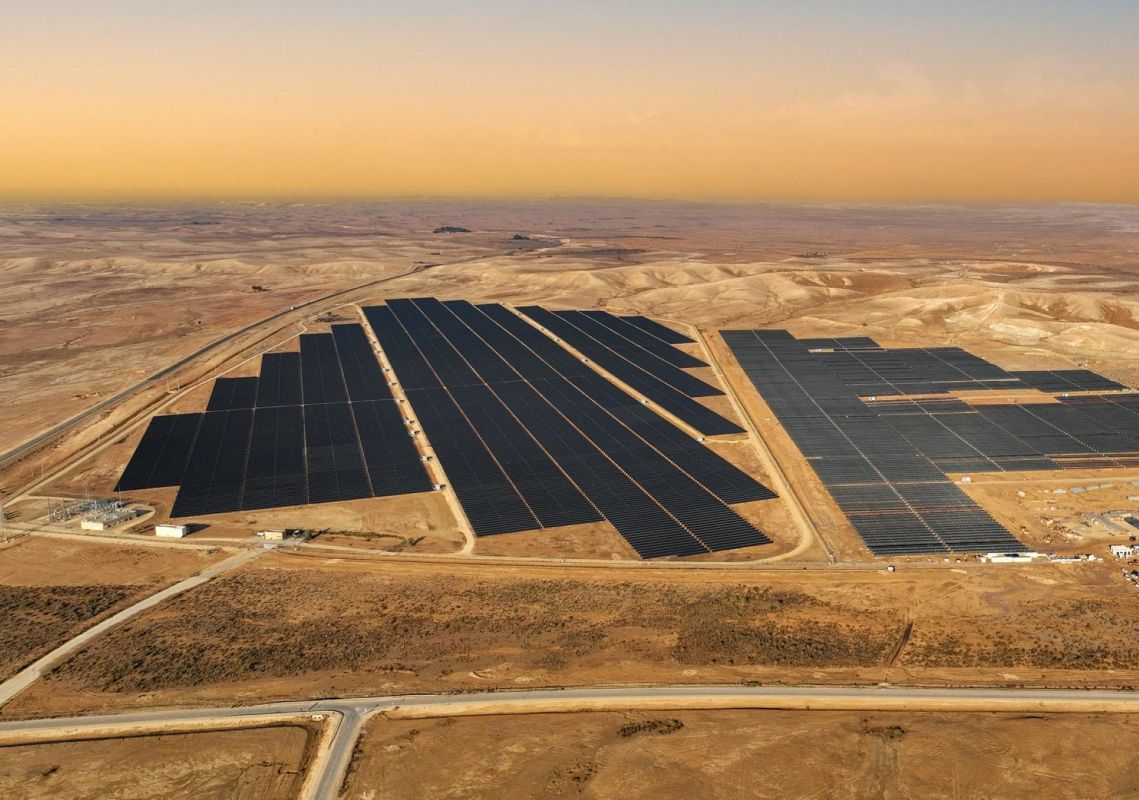In a hugely encouraging update in the move toward clean energy, a new report has suggested renewable sources could be responsible for one-third of the world's electricity production by 2030.
A study from the Rocky Mountain Institute concluded that exponential growth in the sector will lead to 33% of global energy being produced by wind or solar generation. It marks a significant increase from the 12% generated by the same sources now.
While it's excellent news for the planet in terms of reducing reliance on dirty fuel for energy — with emissions from those sources contributing to global heating — it will also make a massive difference to the bank balance of consumers.
According to the RMI report, as more solar projects are completed — and costs are reduced due to increased production — the price per megawatt could reduce from $40 to $20.
The study provides hope for our energy future, but positive developments are happening now. According to Systems Change Lab, as detailed in RMI's report, eight countries have already invested enough in solar and wind power to do their part to limit global heating to 34.7 degrees Fahrenheit.
Such rapid progress toward global climate goals suggests that similar feats can be achieved on a wider scale if the infrastructure and funding is available.
The RMI data also noted that fossil fuel demand in terms of electricity production will also fall by as much as 30% by 2030.
In a statement, Kingsmill Bond, senior principal of RMI, said: "Exponential growth of clean energy is an unstoppable force that will put more spending power in the pockets of consumers. The benefit of rapid renewable deployment is greater energy security and independence, plus long-term energy price deflation because this is a manufactured technology — the more you install, the cheaper it gets."
Part of the reason for the increase is this reduction in the costs of materials, especially batteries. According to RMI, "solar and battery costs have declined 80% between 2012 and 2022."
Meanwhile, RMI quoted Bloomberg New Energy Finance data that found the cost of both offshore (73%) and onshore (57%) wind generation have decreased.
Join our free newsletter for cool news and actionable info that makes it easy to help yourself while helping the planet.









